Subheading here
Unfortunately, we had to cancel this Regional Sustainability Agenda Lunch & Learn event. We will try to reschedule it as soon as possible.
—
MORPC is updating the Regional Sustainability Agenda for 2021-2025. Join us for an informational, lunch-time session about it.
March 26, 2021 from 12-1 p.m.
Zoom Meeting: —
Meeting ID: —— Passcode: ——
You can submit feedback before the meeting by taking the survey at www.morpc.org/RSA-survey. The survey deadline is Monday, March 22.
The Regional Sustainability Agenda provides the framework for communities and regional partners to work toward common goals in such areas as air quality and energy, natural resources, economic opportunity, and sustainable neighborhoods. Each goal and objective will be data driven, and guided by underlying principles related to resiliency, equity and diversity, public health and well-being, and collaboration, ensuring sustainable impacts reach all communities within our region.
Communities throughout the region work toward the goals through actions that enable them to be recognized for their efforts with the Sustainable2050 program. While local governments are the primary audience, it’s important that we also align our work with regional partners and programs in the public and private sector.
